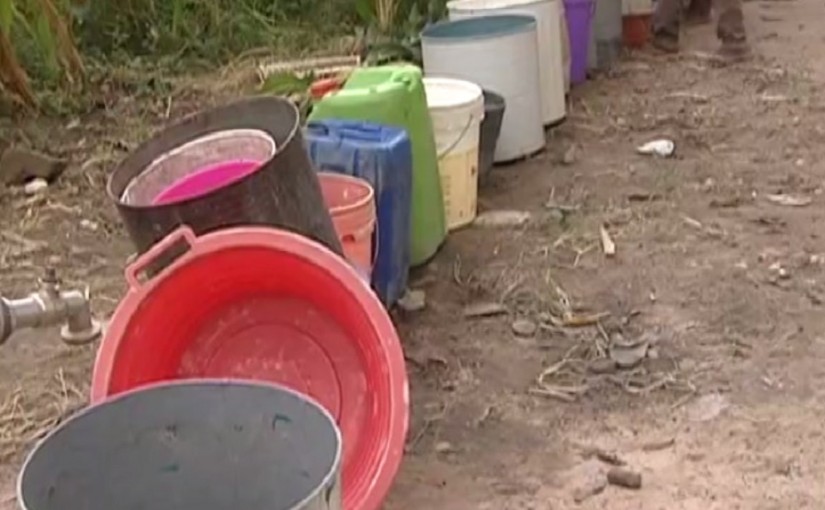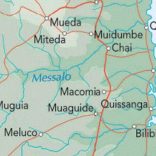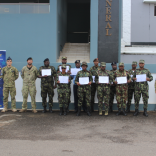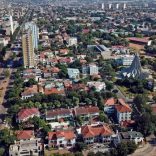Mozambique: Two vehicles attacked by terrorists - AIM
The 70 more boreholes needed to relieve water shortage in Maputo, Matola, Boane – AIM report

The Mozambican government needs over 2.8 billion meticais (about 40.6 million US dollars, at current exchange rates) in order to open more than 70 boreholes in the Greater Maputo Metropolitan Area, so as to relieve the severe water shortages facing Maputo and Matola cities and Boane district.
This figure, according to a report in Wednesday’s issue of the independent daily “O Pais”, includes the construction of about 70 kilometres of new water main.
The Ministry of Public Works has identified the places where the boreholes should be drilled. The immediate priorities are to open six boreholes on the Malanga and Maxaquene embankments in Maputo, and to make operational 22 boreholes that already exist in ten Maputo and Matola neighbourhoods.
This would make an additional 11,400 cubic metres of water available per day (which is less than ten per cent of the quantity of water currently reaching greater Maputo every day from the Umbeluzi river). The work would cost 43 million meticais, but currently the government only has 35 million available.
In the slightly longer term, the government hopes to open a further 40 boreholes in Maputo, Matola and Boane and build 28 kilometres of water main to link them to the water distribution centres. This would provide enough water to supply 318,000 people a day. But it would cost a further 1.1 billion meticais which the government does not yet have available.
Since 10 January, water supplies in the Greater Maputo area have been rationed, with each urban neighbourhood receiving water on alternate days.
The reservoir at the Pequenos Libombos dam on the Umbeluzi, which provides water to the pumping and treatment station downstream, is critically low. When the water restrictions began, the reservoir was less than 14 per cent full. There has recently been some rainfall in the Umbeluzi basin, which has raised the level of the reservoir to almost 18 per cent.
Water from the dam is being released into the Umbeluzi at the rate of 1.5 cubic metres a second, which is around half the normal discharge rate.
There are only five weeks left before the end of the 2016/2017 rainy season. If it does not rain heavily in the Umbeluzi basin by the end of March, there is a real risk that the Pequenos Libombos reservoir could run completely dry.












Leave a Reply
Be the First to Comment!
You must be logged in to post a comment.
You must be logged in to post a comment.